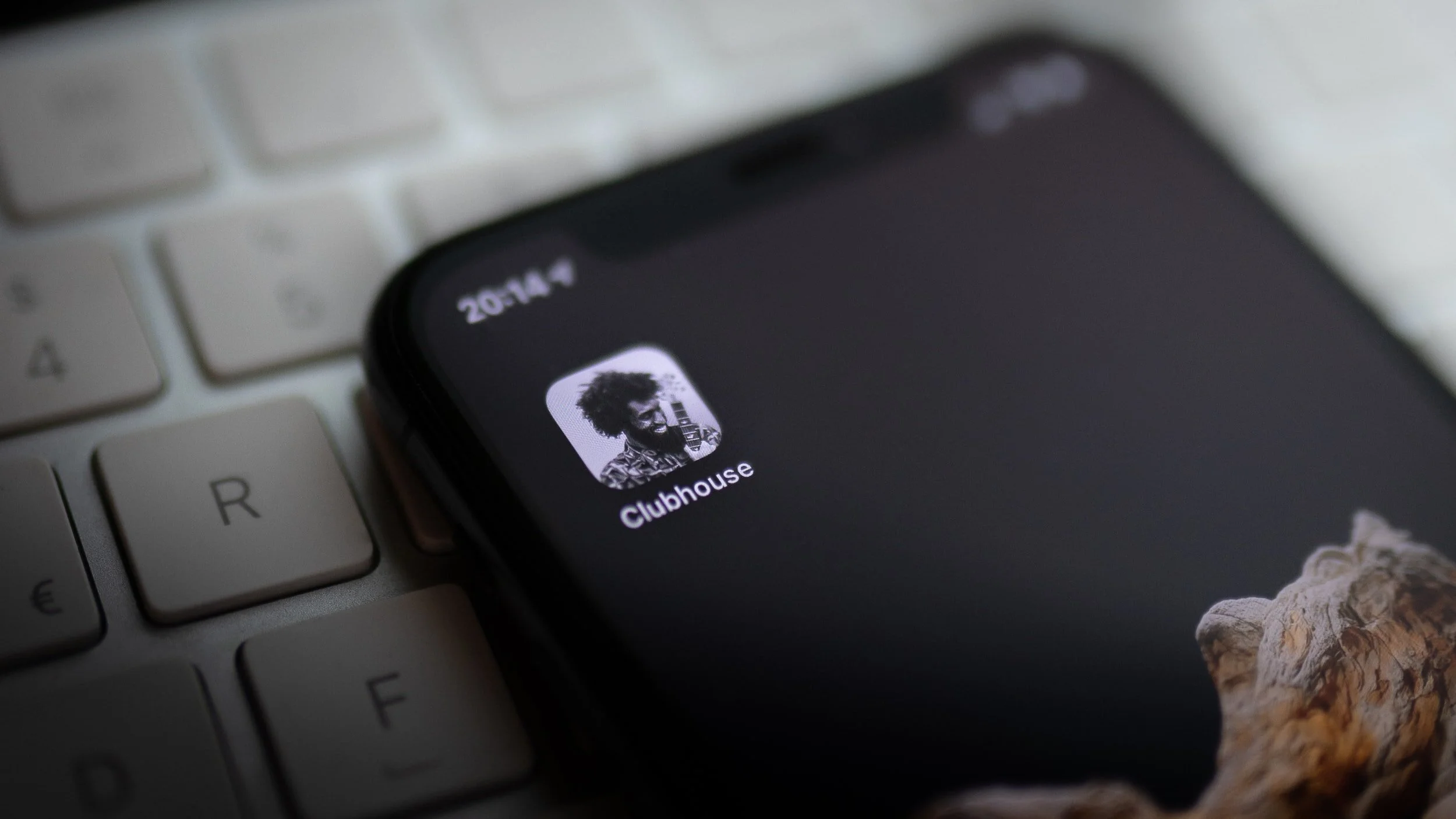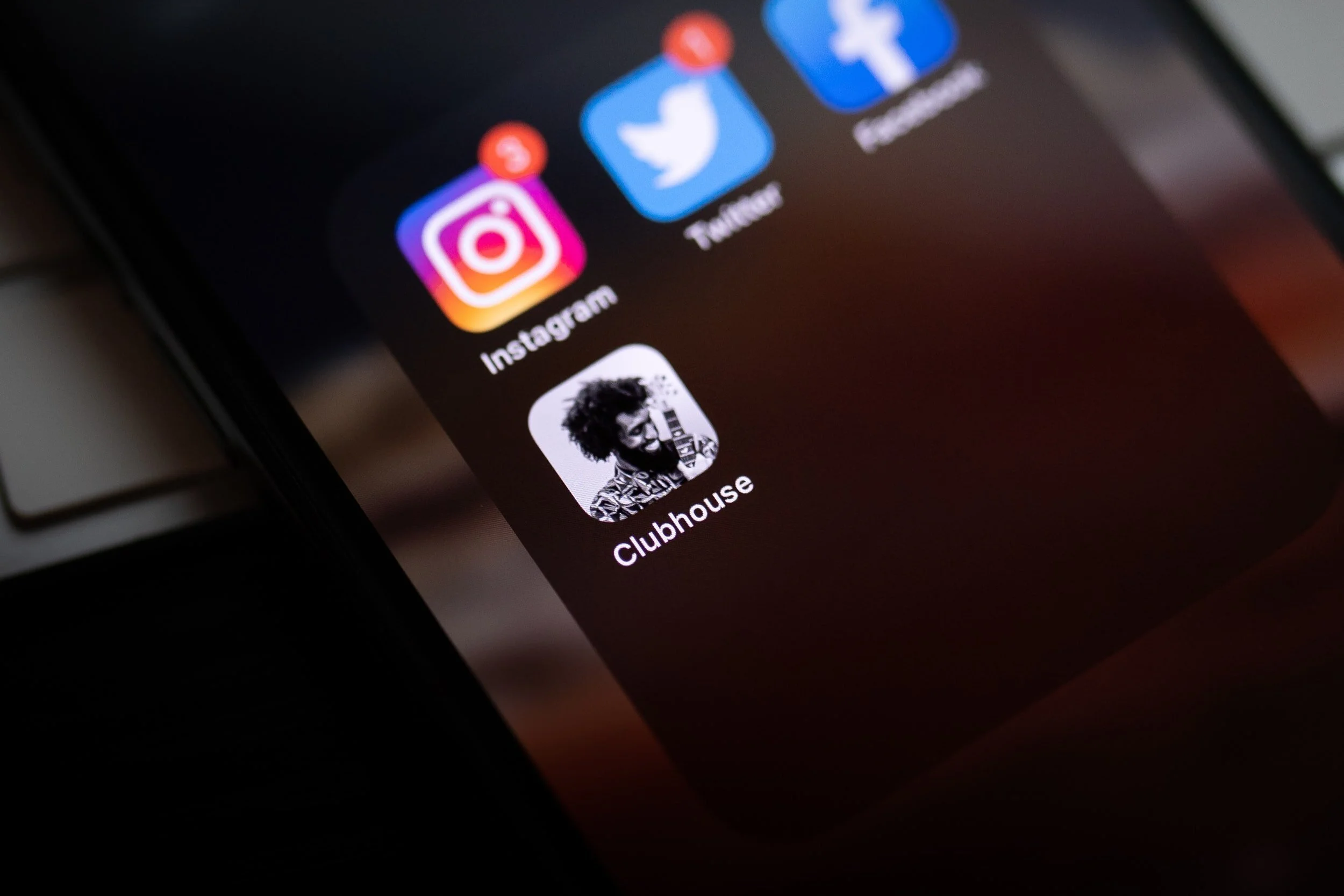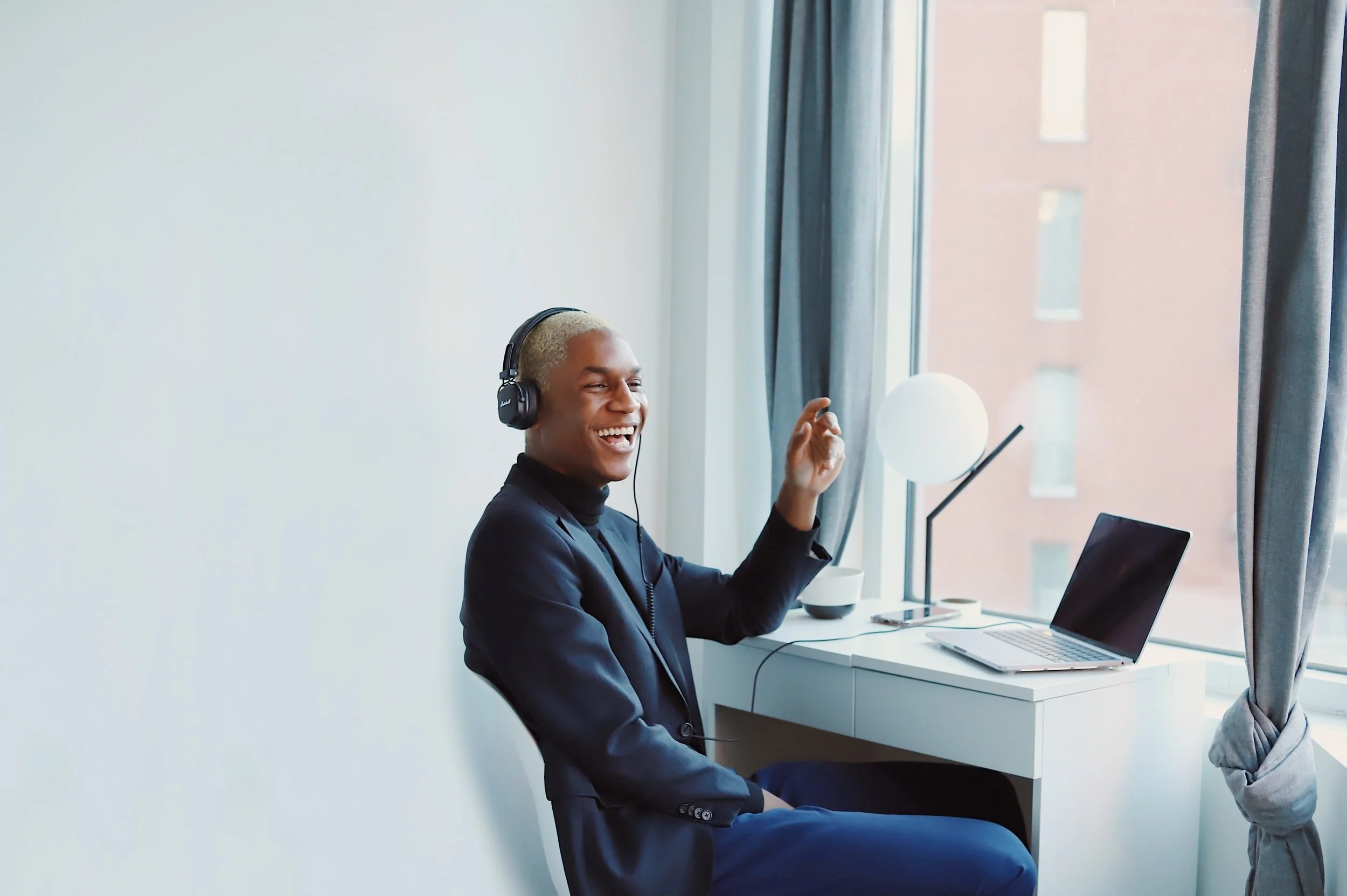Lets Chat Clubhouse
Clubhouse has completely blown up over the past few months. The ‘brand new’ social media platform has changed up the way that people learn and connect with each other for the short and hopefully the long term.
To join Clubhouse, people needed to be invited by existing members. As the app reached thousands of users in the summer, on group still seemed to be largely missing: Journalists.
A Clubhouse spokeswoman said the company never excluded journalists, but many users said the service's rules—and its name—created a culture of exclusivity and secrecy. For the most part, people found out about particularly controversial or heated conversations after users shared audio clips from Clubhouse rooms on Twitter and elsewhere. But Clubhouse’s terms of service made it clear: Sharing what happened on Clubhouse outside of Clubhouse was against the rules.
It was a chummy sense of privacy that led to fun and whimsical moments on the app, like lullaby sessions or a Lion King reenactment. But that feeling also fostered darker conversations that have dabbled in homophobia or taken anti-Semitic turns.
Those two opposing dynamics—bringing people together, but also driving them apart—have been amplified in recent months as Clubhouse’s growth had exploded. Its founders said Sunday that the app had 2 million users, huge growth from just a few months before. This week, investors including Andreessen Horowitz valued the not-yet-one-year-old service at $1 billion. The startup raised $100 million in the round, according to Axios.
Meanwhile, it has played host to hot-topic conversations with newsmakers: The San Francisco district attorney joined a heated chat about urban crime earlier this month. And a few days later, the mayors of Miami, San Francisco and Austin, Texas all took part in a digital Clubhouse panel to talk up their cities—and pitch them as candidates for techie pandemic relocations—to thousands of assembled listeners.
None of these events were open to the public. But they also weren’t exactly private. Over the past few months, as Clubhouse’s profile has grown, more reporters and editors have found their way onto the app. Some of them have chronicled the increasingly high-stakes discussions on the platform—as well as the young company’s controversies over harassment and content moderation.
The journalists didn’t arrive on Clubhouse by accident. Many of them scored their coveted invite from one specific Clubhouse user, Sarah Szalavitz, a research and development consultant and former entertainment attorney. Since October, Szalavitz has made it a personal mission to invite as many reporters as possible to Clubhouse. It’s part of her quest to bring transparency to the app, which she believes is designed in a way that fosters hateful speech and radicalization without enough moderation to mitigate it.
So far, Szalavitz said, she and her friends have brought several hundred journalists onto Clubhouse, who in turn have helped sign up hundreds more. At the beginning of this year, she estimated that at least 1,800 have joined the app, up from around 275, by her count, in October.
Szalavitz, who also spent time teaching social design at the Massachusetts Institute of Technology’s Media Lab, said she had seen that Facebook Inc. and Twitter Inc. tended to punish bad actors “with enough attention from the media.” Her thinking about Clubhouse was simple: “The way to make changes was to bring public attention to them,” she said.
At first, Szalavitz had resisted joining Clubhouse. She’d read that New York Times reporter Taylor Lorenz, who had written about the company in May and was one of the few reporters on the platform, had been harassed on the app after VCs complained about critical news coverage. But as the pandemic wore on, Szalavitz and her fiancé Sonaar Luthra started to feel more lonely at their home in Los Angeles. Their friends were joining Clubhouse. So in the fall, they gave it a try.
Immediately, Szalavitz said, she felt more connected to her friends and was also striking up conversations with people in her extended network. Hearing someone’s voice without seeing their face was more fun and less awkward than a Zoom gathering. She and Luthra started hosting daily rooms on Clubhouse for people who were phone banking for then U.S. presidential candidate Joe Biden—people could drop in and ask questions about how to get involved or share their experiences.
But Szalavitz also noticed that the app seemed designed to limit the spread of conversations outside its digital walls. Unlike Twitter or Facebook, the app leaves no record of what’s said. Clubhouse’s terms of service forbid recording the audio of a room unless everyone there agrees to it—nearly impossible with chatrooms that can hold thousands of people. And in order to get invitations to give out to friends, users have to share their contact list with the company, something many journalists, wary of exposing their sources, won’t do. “This is a platform that was designed to evade accountability,” Szalavitz said.
As she spent more time on the app, she saw that some divisive figures were active on Clubhouse, such as Curtis Yarvin, a blogger whose ideas have inspired alt-right leaders. And she was frustrated when the company didn’t follow up with decisive action after she and others brought up their concerns about moderation during Clubhouse’s virtual “town halls” with its founders.
A Clubhouse spokeswoman said racism, hate speech and abuse are prohibited on the app, and that moderation has always been a top priority. She cited moderation features including blocking specific users and the ability to flag rooms for further investigation.
At first, Szalavitz was willing to wait to see what policies Clubhouse’s team might add on their own. But her attitude changed after Yom Kippur, just a few weeks after she joined the app. That day, she hosted an all-day chatroom about atonement. Later that night, another discussion room sprang up called “Anti-Semitism and Black Culture,” in which the speakers trafficked in anti-Semitic tropes. Jewish listeners pointed out that some of the speakers’ claims were extra painful given the conversation was taking place on the holiest day of the year. Bloomberg News and other outlets reported on the details of the conversation, but Szalavitz knew that it could have easily slipped by without being discussed publicly. She believed the app needed more accountability, and she felt she couldn’t count on it coming from Clubhouse itself.
So she started sending reporters direct messages on Twitter, offering them Clubhouse invitations, and—with her fiancé Luthra’s help—explaining the app over the phone to the new recruits, one or two at a time. One of the reporters Szalavitz brought in, Tatiana Walk-Morris, wrote a well-read article in Vanity Fair about how the app’s design allowed racist and Islamophobic ideas to proliferate, even from well-known users.
The media attention has raised a question over how much privacy it’s reasonable to expect on an invitation-only app, especially when speakers are prominent. “I get that [Clubhouse’s founders] want it to be more intimate and for people to speak more freely and honestly,” Walk-Morris said. “But it seems to be creating confusion between who is a public figure and who isn’t.”
Szalavitz isn’t sure whether her invitations will actually lead to tangible results beyond the occasional news story about Clubhouse. She wonders whether she’s achieving her goal or the opposite of it. “Can journalism address this, or is it compounding it?” she said. “Did I serve as their unpaid person bringing them more PR?”
It’s hard to know how to pressure a fledgling startup like Clubhouse to make changes, said Leigh Honeywell, the chief executive officer of Tall Poppy, a firm that helps employers protect their workers from online harassment. “They don’t have advertisers, they haven’t started monetizing yet, they have a giant pile of money,” she said. But Honeywell, who is also a friend of Szalavitz, said that regardless of whether the growing presence of reporters on Clubhouse brings about policy changes, it should give people a better sense of the conversations happening on a platform frequented by some of the biggest names in tech, and increasingly, politics and media.
“The more journalists that are there to see this, the less likely they are to be able to allow it,” Szalavitz said of the app’s most controversial speech. “I’ve never encountered a more addictive or more radicalizing app—or one that fosters more instant intimacy.”



